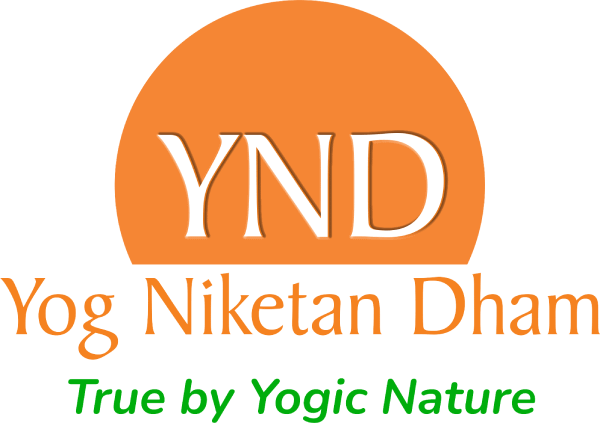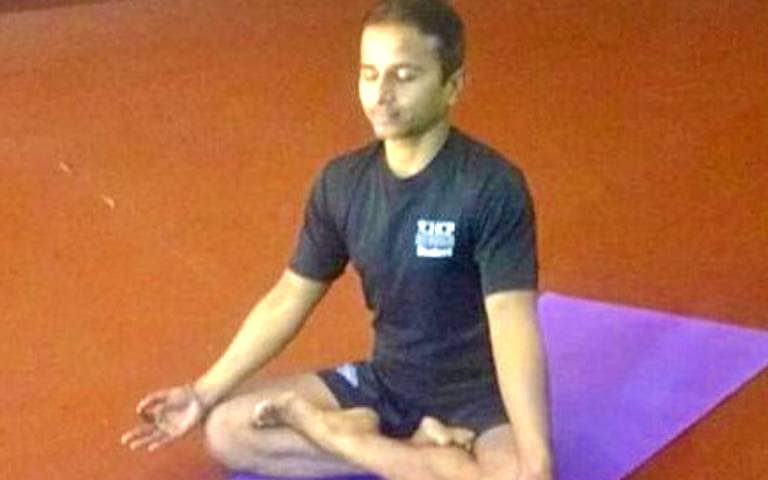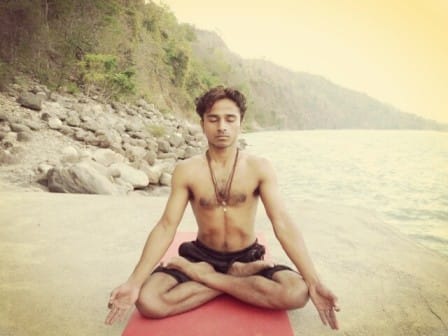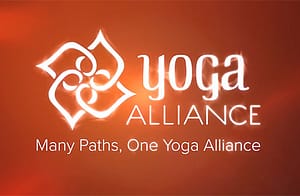Ujjayi Pranayama
Table of Contents
What is Ujjayi Pranayama?
The word “Ujjayi Pranayama” originates from the Sanskrit language. In English, it is known as Ocean Breath. It means ‘victorious’ and is derived from the Sanskrit word Ujji, which means to attain a higher level.
Ujjayi Pranayama is also known as triumphing over decay and death because it profoundly affects the physical, pranic, and mental bodies. Hatha Yoga Pradipika defines Ujjayi as:-
“Poorvakta Kumbhaka yet pranam, rechaye didya tat; Slesham doshharam kanthe dehanal vivardhanam.”
Ujjayi Pranayama is a practice of breath retention and exhalation through the Ida (left nostril). It helps remove phlegm from the throat and stimulates digestive fires.
How do you perform the Ujjayi breath?
Yoga for beginners involves practising Ujjayi Pranayama in any comfortable Pose, such as Sukhasana, Siddhasana, or Lotus pose. The body is straight in these poses, allowing proper respiration through the nasal passage.
- Maintain a steady pose for a comfortable period. It is essential before practising Ujjayi.
- Be aware of the Prana, the natural breathing system, and feel the air passing down to the heart through the windpipe.
- Slightly contract the throat region during Pooraka, and it is recommended that you practise the ‘SO’ sound while breathing in.
- Exhale through the left nostril with the sound of ‘HUM,’ which would produce a light snoring sound. This sound should be generated from the throat, not from the mouth.
- After holding Prana in the lungs, practice Jalandhar Bandha to activate the thyroid gland. To do this, drop the chin towards the chest.
- Prana should not move downwards towards the heart during the retention of breath.
- It is basically for the safety of the thoracic area. In this practice, Prana works from the throat to the heart.
- There is a long, deep exhalation to release more CO2 from the body, allowing the lungs to detoxify. Therefore, it is highly advisable to practice deep exhalation during the practice.
Benefits of Ocean/ Ujjayi Breath
- Ujjayi Pranayama is highly advisable for patients with Insomnia and thyroid disorders.
- It is excellent for releasing tension and curing mental disorders.
- It lengthens the breath and increases lung capacity with high quality.
- Ujjayi is one of the most effective pranayamas for addressing thyroid disorders and other throat-related issues.
- It strengthens the heart and lungs. It is very effective for the diaphragm muscle.
- Ujjayi has done tremendous work on activating the Vishudi and Anahata chakras.
- It is so powerful that it balances and stabilizes the body, profoundly impacting the physical body.
- Ujjayi Pranayama is similar to Surya Bhedi Pranayama and is excellent for alleviating cough, sinus, and allergy problems.
- It stimulates the vagus nerve and calms the mind, helping decrease stress.
- It is beneficial for snoring problems and helps people sleep deeply.
- It activates Jathragini or digestive fire. It is also effective in maintaining a good appetite.
- Ujjayi is particularly beneficial for individuals who experience stammering and lisp issues.
Which Pranayama is best for the Thyroid?
What is the English name for Ujjayi breathing?
In English, Ujjayi breathing is known as the Victorious Breath. It is fascinating to refer to victory as control over Prana.
It is also referred to as ocean breath, evoking the sound of waves. In Ujjayi, the intense sound of ocean waves calms the mental body.
Which gland is activated in Ujjayi breathing?
The thyroid gland is mainly active while practising Ujjayi. This stimulates the gland and releases hormones to facilitate its smooth operation.
Ujjayi also increases blood circulation in the throat and helps detoxify the region. It is also beneficial for curing colds, sinus problems, and excessive mucus.
What is the Mudra for Ujjayi?
One should always practice Ujjayi breathing with Kechari mudra. Hatha Yoga Pradipika makes Kechari mudra compulsory for this purpose.
For better results, while practising Ujjayi pranayama, one should also practice Sambhavi mudra, Unmani mudra, and Uddiyana bandha.
In Hatha yoga, this mudra is practised to stop the flow of breath. To practise Kechari mudra with ocean breathing, one should follow this sequence:
1- Stretching the tongue
Before attempting Kechari mudra, a practitioner should practice stretching the tongue because the longer the tongue, the easier Kechari will be. This is a traditional practice for maintaining the health of the throat region.
Stretching out the tongue has a profound impact on the thyroid gland. Kechari Mudra primarily focuses on stretching this area.
Practising Kechari as part of a daily routine increases blood circulation on the tongue and effectively improves flexibility.
2- Swallowing the tongue
After a deep exhalation, practice rolling the tongue inward toward the throat region and then swallow.
In this practice, the yogi starts to swallow the tongue. This is for deep work on the respiratory system. It takes a considerable amount of time to master this.
It is practised to restrict the breathing pattern and use this force to compress the abdominal region.
3- Practice with Unmani Mudra and Uddiyana Bandha
For better results, a practitioner should include Unmani mudra, which involves gazing at the front and making Uddiyana Bandha awaken hidden energies.
Unmani mudra is very effective in attaining steadiness, and it is highly advisable for beginners to have stability in their physical bodies.
Contraindications of Ujjayi
- Ujjayi breathing should not be practised at a fast pace if there is any heart problem.
- In the case of low blood pressure, it should not be practised.
- Practice it on an empty stomach or 4-5 hours after a meal.
- If you experience any headache or dizziness, refrain from attempting Ujjayi pranayama immediately.
- Do not force yourself, especially if your physical body is not well or if you have some medical issues.
- Ujjayi pranayama should be practised peacefully. Yoga Nidra is one of the best mediums to attain serenity.
- One should practice Bhastrika and Nadi Shodhana Pranayamas before attempting Ujjayi.
- It should always be practiced after receiving proper instructions from a reputable yoga teacher or guru.
- Deep breathing plays a significant role in this practice. One should always ensure that their breathing patterns are deeper and more open.
The best time to practice Ocean Breath
- Brahma muhurta, or before sunrise. It is an ideal time to practise Ujjayi pranayama.
- Early morning is considered one of the best times to start pranayama practice.
- This early morning time could be utilized to practice Ujjayi breathing with Bandhas.
- At sunset, after 5-6 hours of a meal. It must be practised after Kapalbhati.
- The mind becomes calmer in the evening, making it an ideal time to practice Ujjayi.
Tags:




